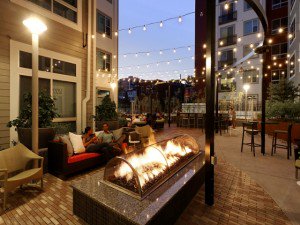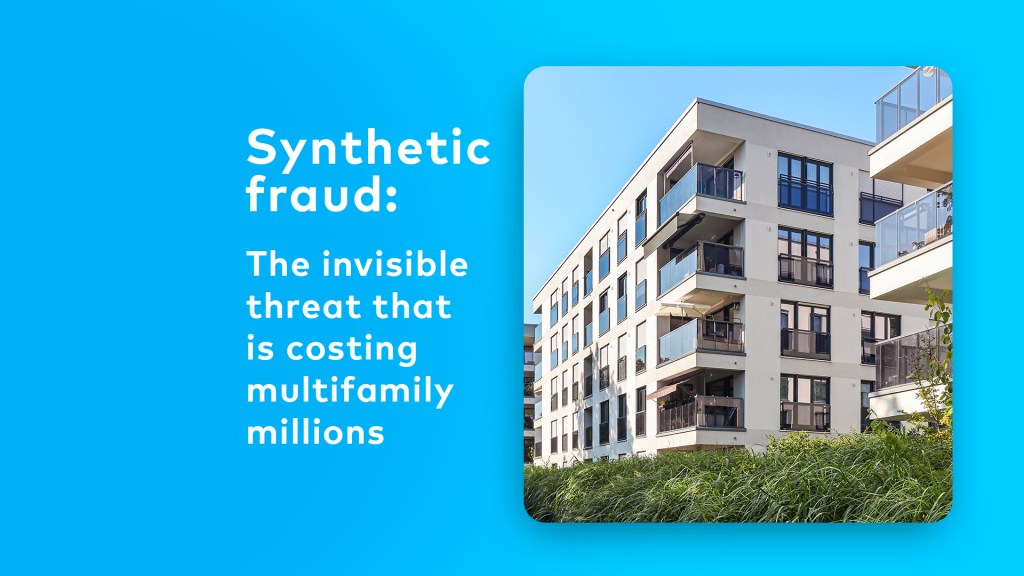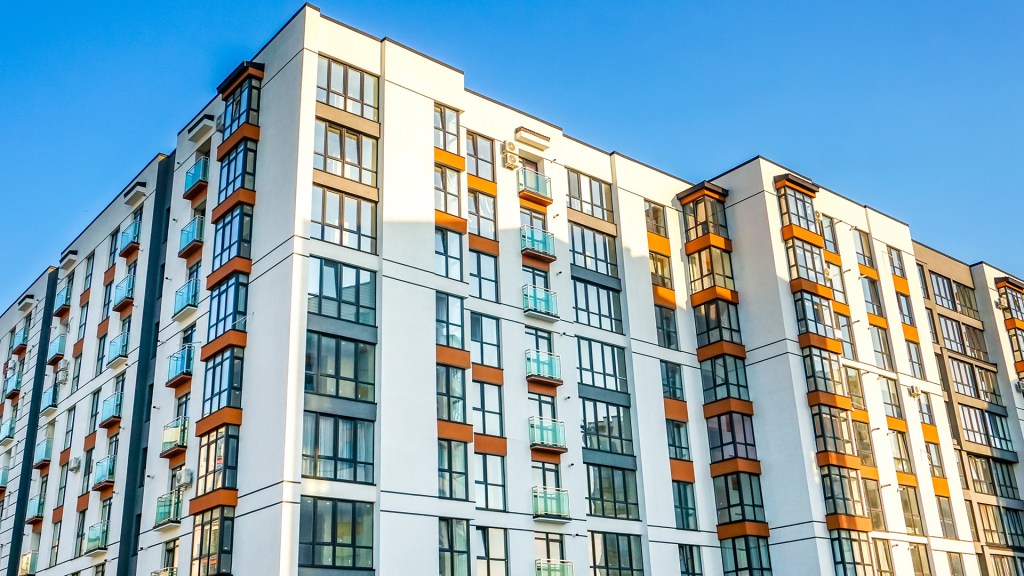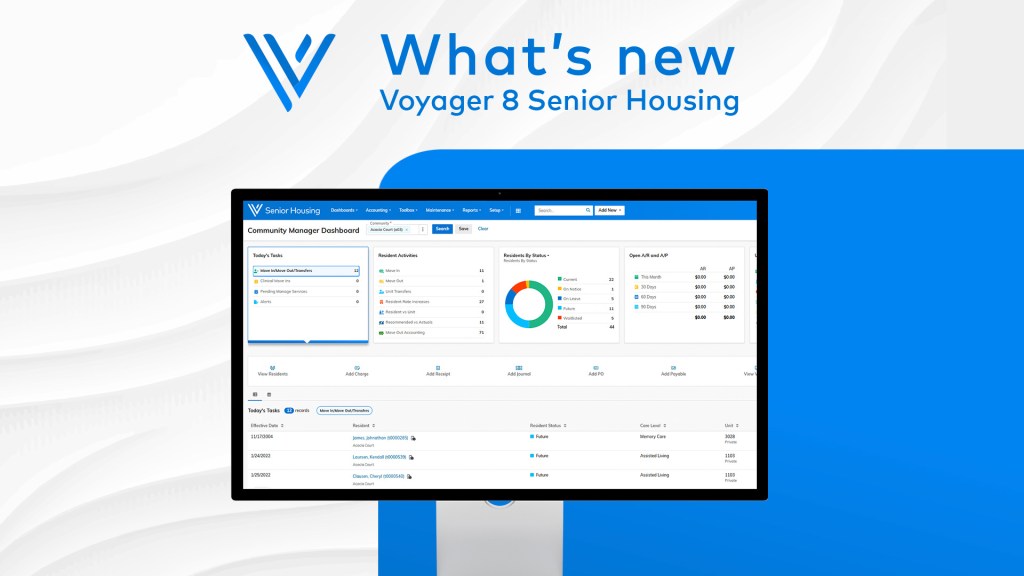By Yardi Blog Staff on October 21, 2014 in News
Resort-inspired waterparks. Cultural cafés. Vegetated roofs. Walking and biking trails inviting to active lifestyles. These features may not have had a place in urban residential developments in the past but they are now a gratifying reality.

Today’s multi-family communities offer much more than just a place to live. They have evolved into inclusive live-work-play environments where emphasis is laid on occupant health and well-being. Strong demand for rental housing combined with a prospering economy and consistent population growth have allowed developers to deliver an enhanced product, abounding in contemporary design elements, tech offerings and quality services.
Many communities around the country are being rebranded, reinvented or revitalized so as to cater to the lifestyle needs of the nation’s key renter demographic, the so-called Millennials. Award-winning national architecture and planning firm KTGY Group, Inc.’s thought-leader Rohit Anand, AIA, NCARB, and the managing principal in KTGY’s Tysons, Va. office, says that Millennials, defined by many demographers as ranging from ages 18 to 37, make up the largest population segment the U.S. has ever seen.
“Millennials have many names. They have been referred to as Generation Y (the generation to succeed Generation X), The Echo Boomers (refers to the fact that many Millennials are children of Baby Boomers), The Net Generation (since Millennials grew up with the Internet), The Boomerang Generation (since so many Millennials move back in with their parents after going away to college) and The Peter Pan Generation (due to that so many Millennials delay the rites of passage into adulthood longer than most generations before them),” Anand said.
“The Millennial generation has already made a big impact on student housing. The number of students enrolled in college in the U.S. climbed by 30% from 2000 to 2011, helping to fuel a building boom on campuses across the country. And, with the surge in development came the ‘amenity race’ with the debut of lavish amenities. Many of these amenities have carried over into multifamily development,” he added.
In order to appeal to young customers and differentiate their product from the competition, property owners must be creative and forward-thinking when dressing up their communities. Along with price and location, amenities could be a deal breaker for renters looking to commit to healthier, more sustainable lifestyles.
It’s pretty clear that most renters-by-choice turn to renting because of the more permissive way of life that it entails, unburdened by yard work, maintenance or property taxes. Moreover, they expect the same level of comfort that a single-family home would provide, with all the latest bells and whistles.

“Multifamily developers and designers have been inspired by high-end amenities found at resort hotels and expensive membership health clubs as well as those amenities that single-family home owners would want,” Anand observed. “These amenities include resort-inspired pools, large spaces for vegetable and fruit gardens, additional storage closets off the patio and balcony area and/or in the parking garage, bicycle storage and repair, jamming/recording music studio, and a large fitness center with lots of windows, a Pilates/Yoga studio, and big screen TVs or even individual screens on each tread mill or stair climber. Some developers are including a training facility with personal training in their membership-quality gyms. Others have incorporated Fitness on Demand.”
Anand says that smart property developers are mindful of providing amenities that will appeal to renters’ needs and budgets – and equally able to offer flexibility and alternative housing solutions when required. In their quest for sustainability and financial independence, the eco-minded Millennials don’t mind sharing, even when it comes to housing.
At KTGY-designed AVA H Street in Washington, D.C., the apartment unit design appeals to roommates who want to share space and split rent. “The two-bedroom apartments do not have a traditional master bedroom space, rather the bedrooms are split evenly with equally large closets, bedrooms, bathrooms and a shared washer and dryer,” said Anand.
Developed by AvalonBay Communities, AVA H Street was one of the first apartment communities, built from the ground up, to focus specifically on the preferences of the Gen Y/Millennials. Located at 318 I Street NE, in an emerging youthful, walkable neighborhood, the property offers residents ready access to DC’s Union Station Metro, nightlife, galleries, restaurants and Capitol Hill.
According to Anand, “this project dared to push the limits of conventional apartment design by pioneering a number of ‘firsts,’ including the first in-home ‘Utility Center’ to manage the resident’s electronics in one convenient place, plus trash and recycle bins and a chalkboard wall; a Gear Wall to store large items like a bicycle; retail-style closets with customizable slatwall; and an interactive social media ‘Trending Wall,’ featuring local Twitter and social media postings and trends from neighborhood. The Trending Wall also doubles as a floor plan and leasing tool by combining Apple TV, the iPad and AVA’s unique app.”
The upscale complex features a mix of studio, one- and two-bedroom apartment units as well as over-the-top penthouses, all boasting an urban-inspired design aimed at delivering an improved tenant experience. Interiors showcase upscale finishes and features including fully-equipped kitchens with stainless steel appliances; sliding walls in select apartments to separate living and sleeping spaces; hard surface flooring; and customizable closets in select apartments. Common amenities include a state-of-the-art fitness center, on-site ZipCar, underground parking, bike storage as well as a lobby loft and outdoor space with iPod hookups, flat screens and comfy seating.
Celebrating more than 22 years, KTGY Group, Inc., Architecture + Planning, is a leading architecture firm providing comprehensive planning and award-winning design services for residential communities, retail, hospitality, mixed-use and related specialty developments. KTGY delivers innovative solutions that reflect clear understanding of development, market and consumer trends, and financial performance. KTGY serves clients worldwide with offices in Irvine, Oakland and Santa Monica, Calif., Denver, Colo., and Tysons, Va.
Photo credits: AVA H Street Official Website


